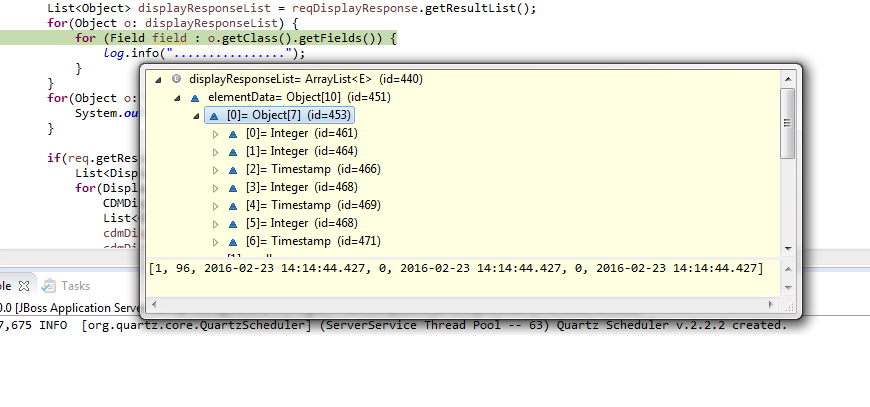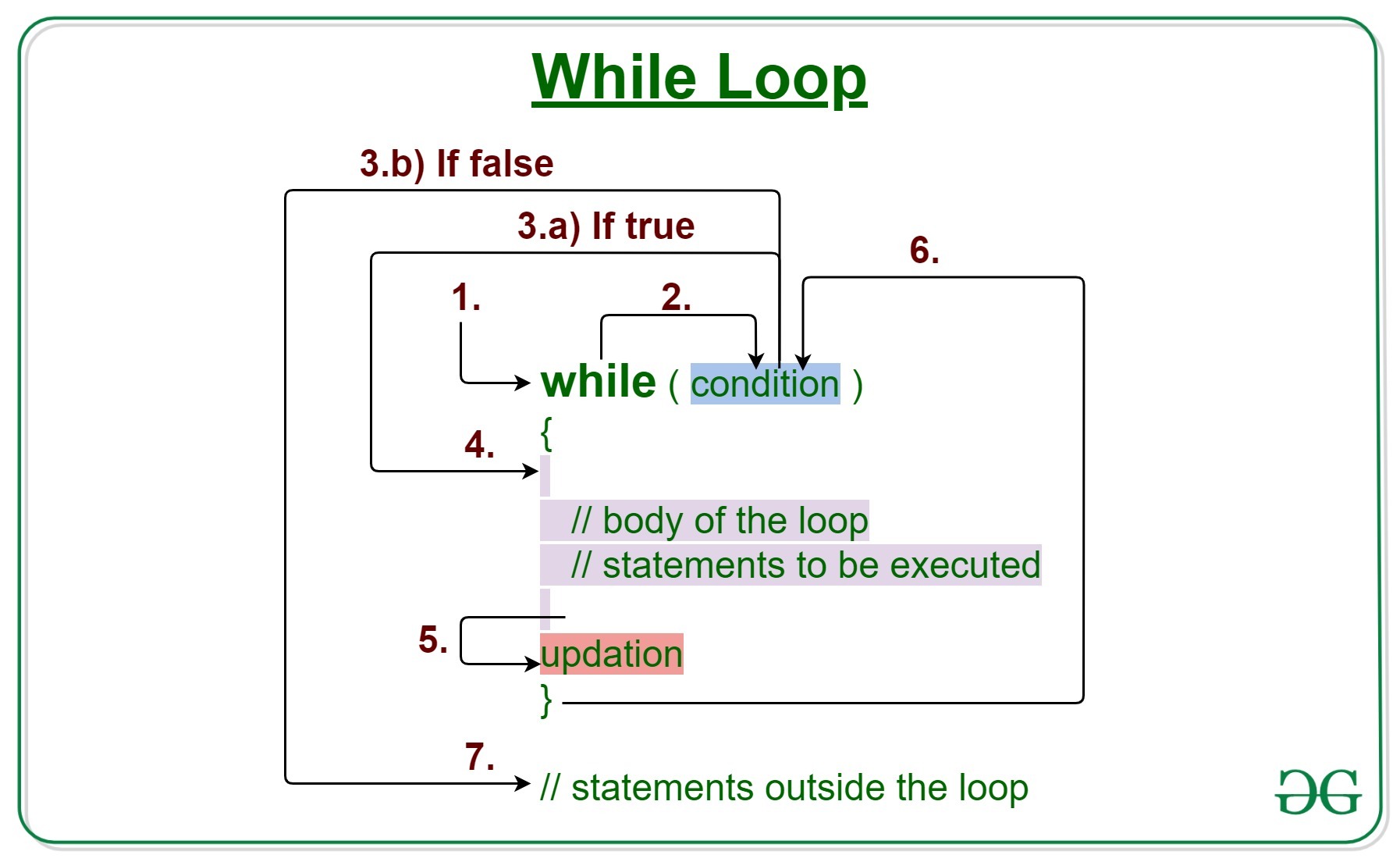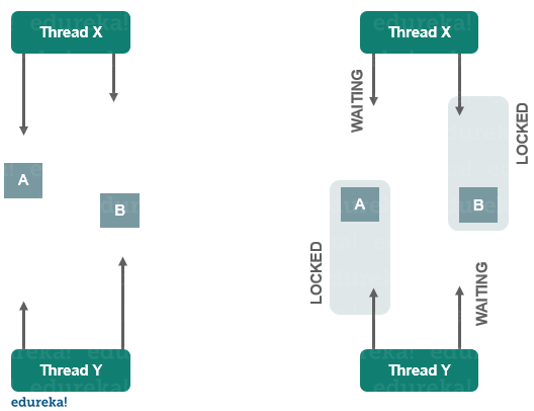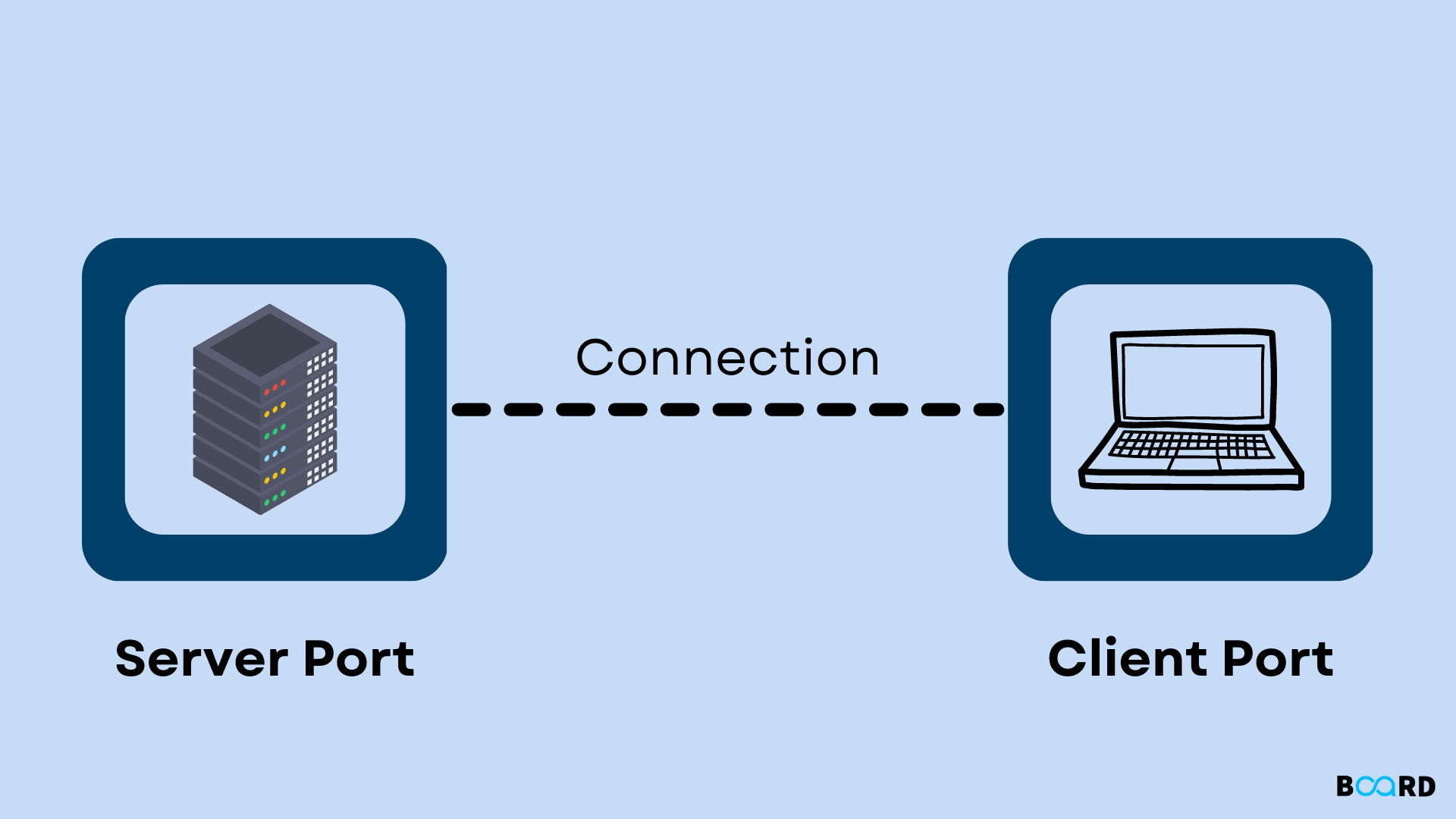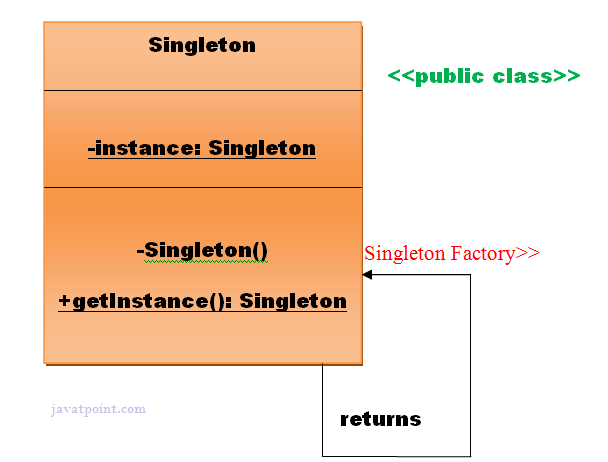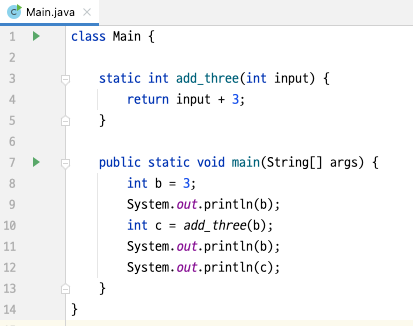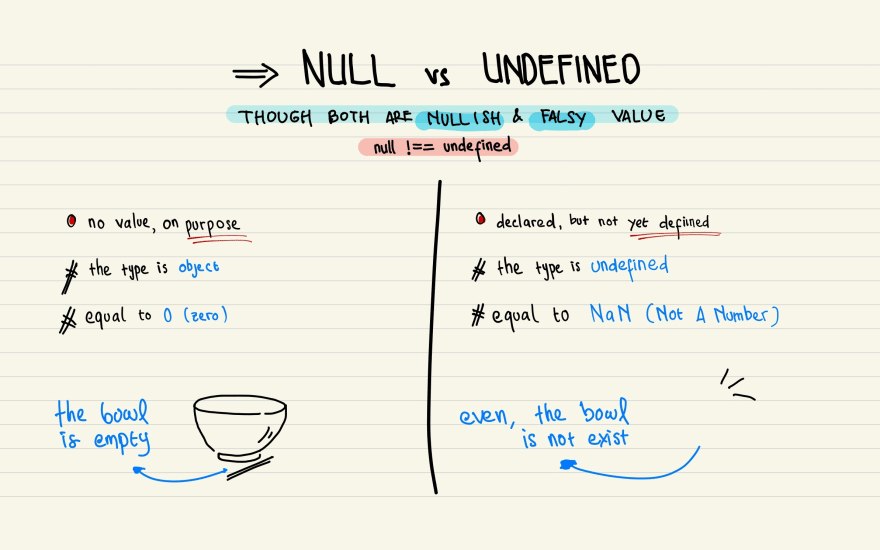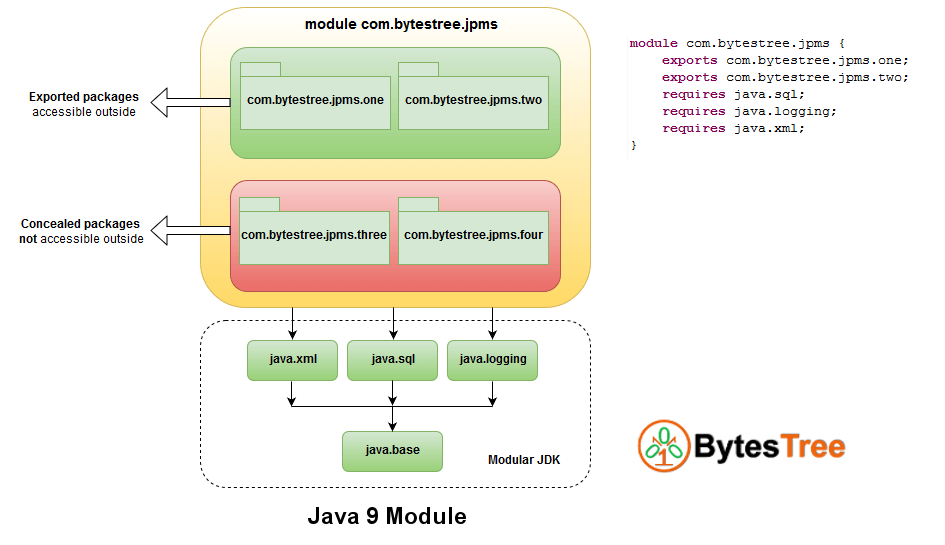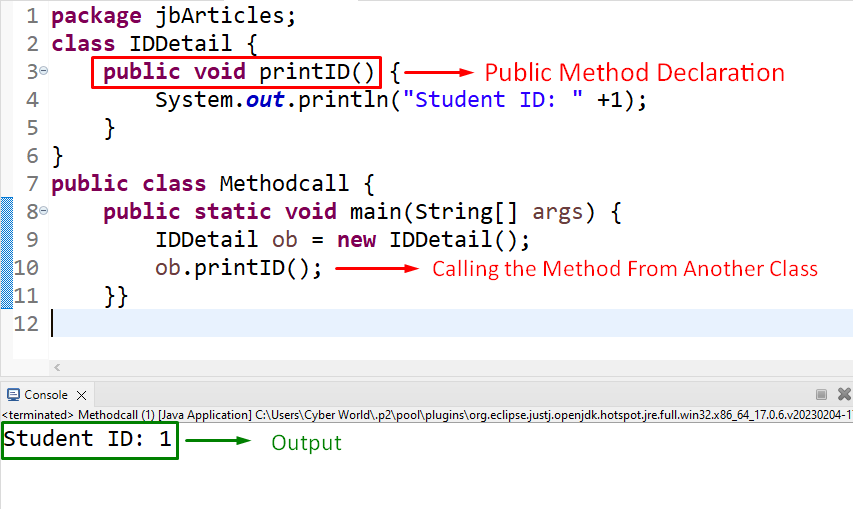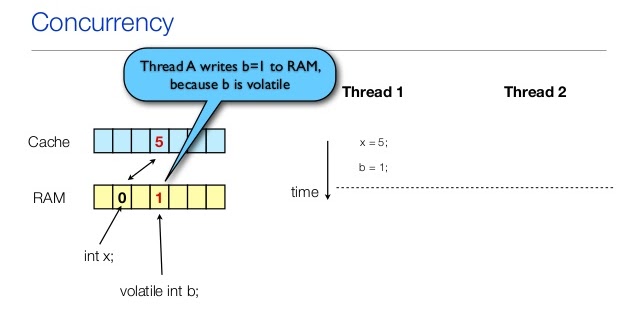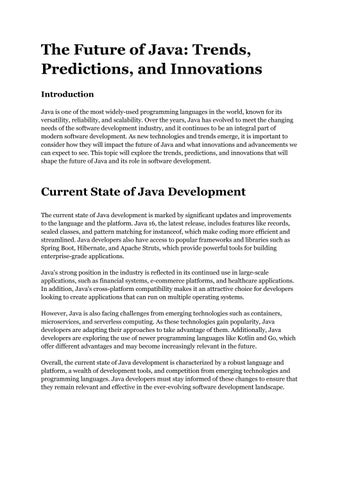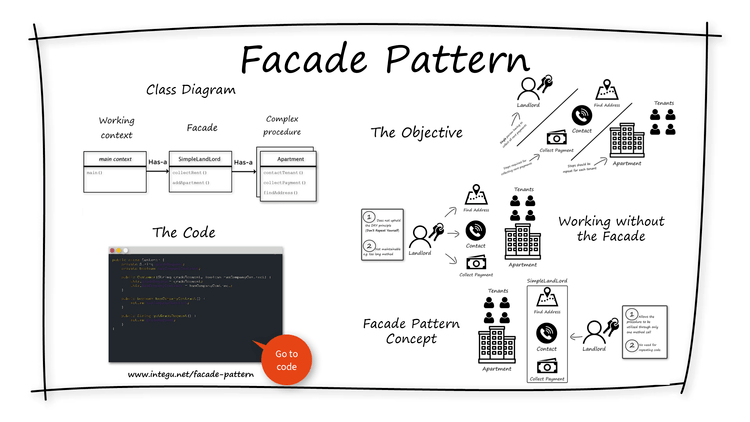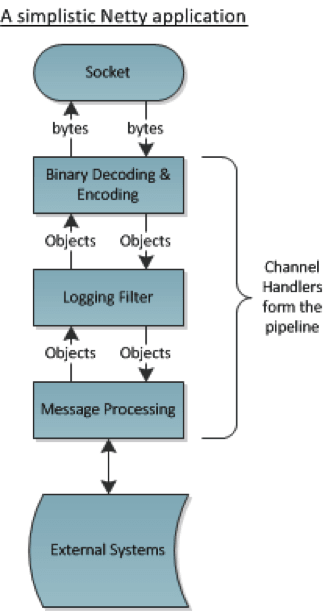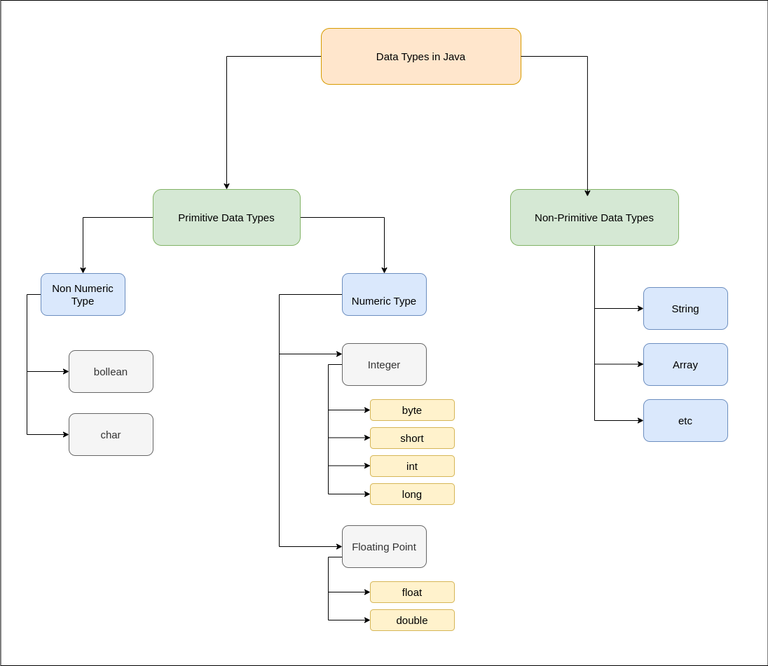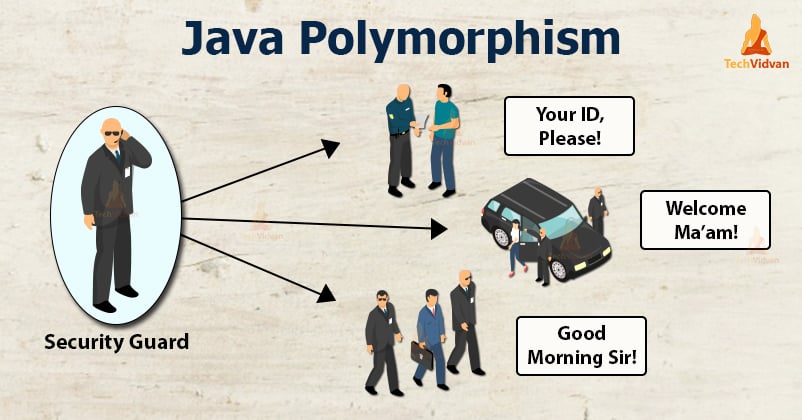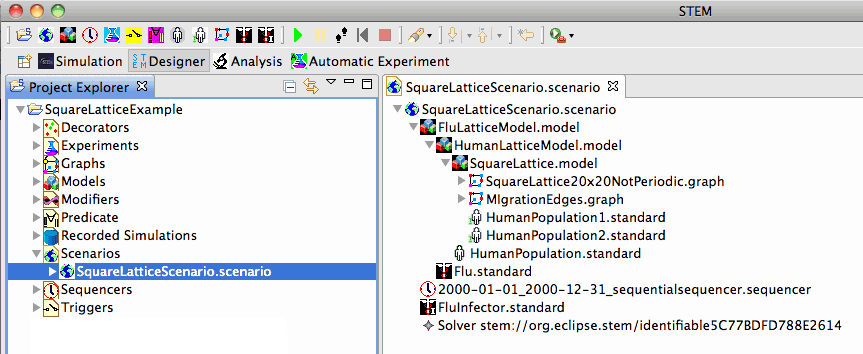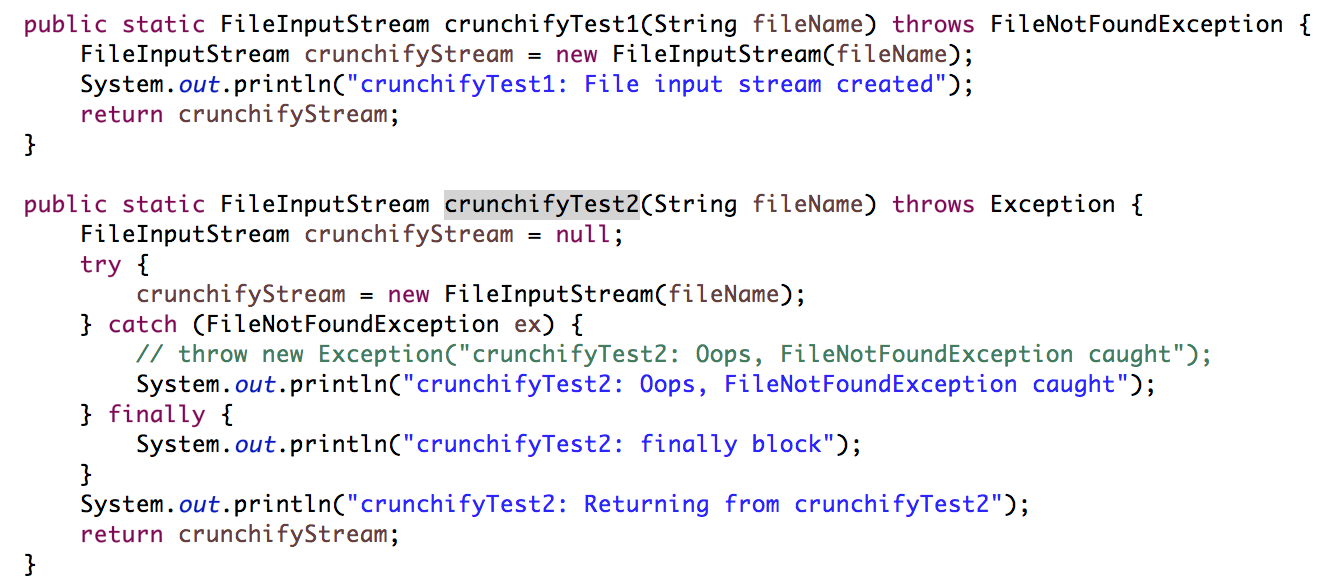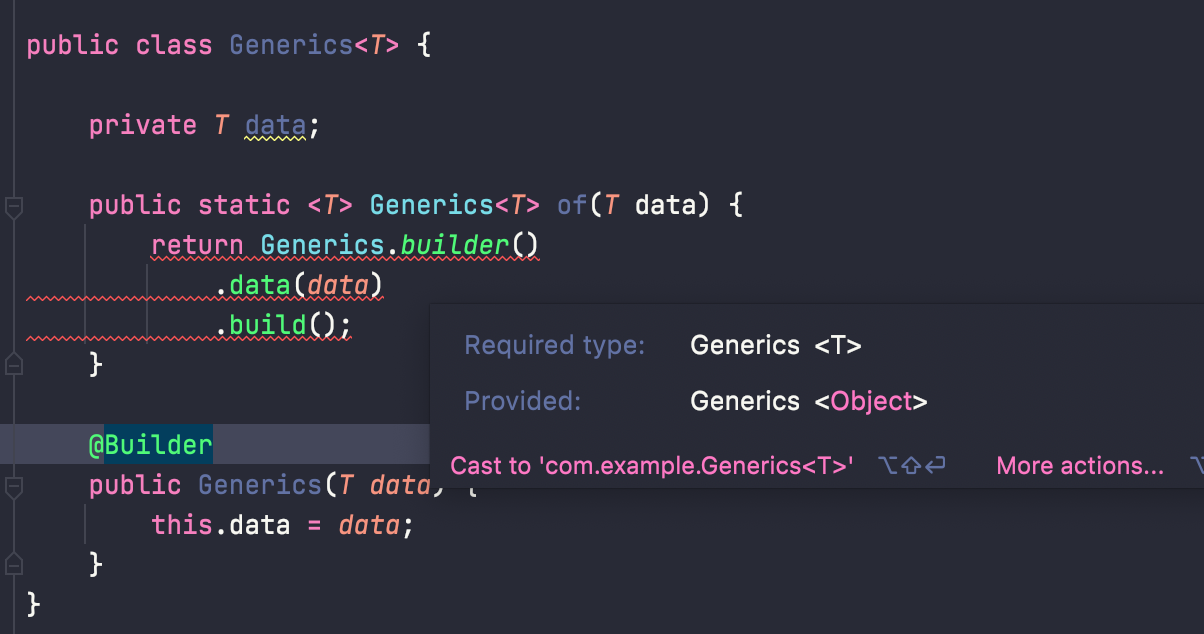How to resolve deadlock issue in Java?
How to resolve deadlock issue in Java?
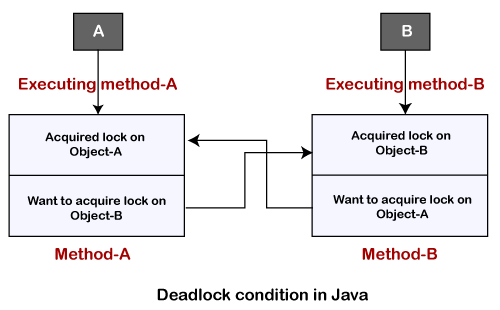
I'm happy to help you with that!
A deadlock is a situation where two or more threads are blocked indefinitely, each waiting for the other to release a resource. This can occur when multiple threads are competing for shared resources, such as locks, buffers, or files.
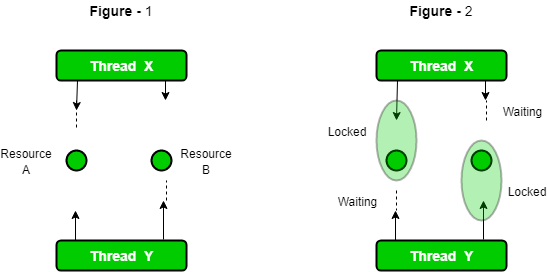
To resolve a deadlock issue in Java, you can follow these strategies:
Avoid Deadlocks: Design your program to avoid deadlocks by ensuring that no thread will ever be blocked indefinitely. For example, you can use a lock-free algorithm or implement a producer-consumer pattern with a bounded buffer. Detect and Abort Deadlocks: Use Java's built-in support for detecting and aborting deadlocks. Thejava.lang.Thread class provides the interrupt() method that can be used to interrupt a thread that is stuck in a deadlock. You can also use third-party libraries, such as Apache Commons Lang, which provide additional functionality for detecting and handling deadlocks. Use Lock-Free Data Structures: Design your data structures to be lock-free or minimize locking as much as possible. This can help prevent deadlocks by avoiding the need for threads to wait for each other. Use Thread-Safe Synchronization Primitives: Use thread-safe synchronization primitives, such as synchronized blocks or Java's built-in Lock interface, to coordinate access to shared resources. Make sure to use these correctly to avoid creating opportunities for deadlocks. Avoid Nested Locking: Avoid nested locking, where a thread is holding onto multiple locks simultaneously. This can create opportunities for deadlocks and should be avoided whenever possible.
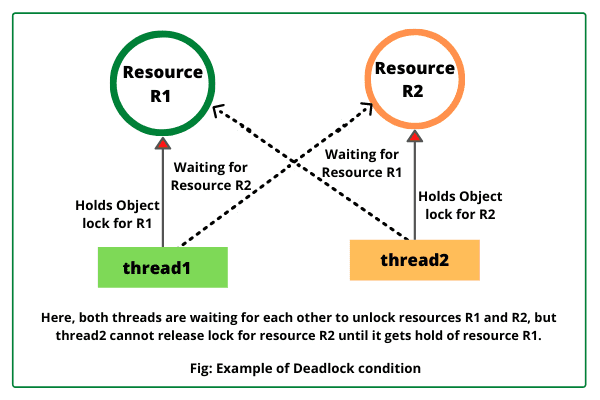
Some specific Java constructs that can help with deadlock prevention include:
ReentrantLock: A lock that allows a thread to acquire the same lock multiple times without having to release it in between. AtomicInteger and other atomic variables: These allow you to update shared state without the need for locks, which can help prevent deadlocks. Phaser: A high-level abstraction for implementing distributed systems with low-level locking.
Here's an example of how you might use a reentrant lock to avoid nested locking:
private final ReentrantLock lock = new ReentrantLock();
public void doSomething() {
lock.lock();
try {
// do something
} finally {
lock.unlock();
}
}
public void doSomethingElse() {
lock.lock(); // note that we don't need to release the lock here because it's reentrant
try {
// do something else
} finally {
lock.unlock();
}
}
By using a reentrant lock, we avoid having to release and re-acquire the lock between doSomething and doSomethingElse, which can help prevent deadlocks.
Remember that preventing deadlocks is an ongoing process that requires careful design, testing, and monitoring. It's essential to identify and address potential deadlock scenarios early on in your program development cycle.
What is a deadlock in Java?
A deadlock in Java refers to a situation where two or more threads are blocked indefinitely, each waiting for the other to release a resource. This phenomenon occurs when multiple threads try to access shared resources simultaneously, resulting in a "deadlock" condition where none of the threads can proceed.
To understand this concept better, let's break it down:
Mutual Exclusion: When two or more threads compete for shared resources like locks, semaphores, or monitors, and only one thread can access the resource at any given time, we have a situation of mutual exclusion. Lock Ordering: When each thread holds onto a lock that another thread is waiting to acquire, it creates a cycle where Thread A has Lock X and is waiting for Lock Y held by Thread B, while Thread B has Lock Y and is waiting for Lock X held by Thread A.Here's an example scenario:
Suppose we have two threads, T1 and T2, that are trying to print numbers in sequence. Each thread requires a lock to ensure exclusive access to the printing process.
Thread T1 acquires Lock X to print even numbers (2, 4, 6), while Thread T2 acquires Lock Y to print odd numbers (1, 3, 5).
Initially, everything seems fine, but things become problematic when one thread (let's say T1) releases its lock (Lock X) and waits for the other thread (T2) to release its lock (Lock Y). Meanwhile, Thread T2 also releases its lock (Lock Y) and waits for Thread T1 to release Lock X.
Now we have a deadlock:
Thread T1 is waiting for Lock Y (held by Thread T2), while Thread T2 is waiting for Lock X (held by Thread T1).
Since neither thread can proceed without the other, they are stuck in an endless cycle, and the program appears to be frozen or "dead." This is known as a deadlock.
Causes of Deadlock:
Mutual exclusion Hold-and-wait (each thread waits for another thread) No preemption (a thread cannot force another thread to release a lock)How to Avoid Deadlocks in Java:
Avoid Nested Locks: When acquiring locks, ensure they are not nested (e.g., Lock X and Lock Y). If necessary, use more advanced locking mechanisms like read-write locks. Use Non-Recursive Locking: Instead of recursively acquiring the same lock, consider using a different approach, such as using a single lock for multiple operations. Prioritize Threads: Use thread priority or scheduling algorithms to ensure that threads are executed in an order that avoids deadlocks.In summary, deadlock in Java occurs when two or more threads are stuck waiting for each other to release resources, creating a cycle of mutual exclusion and hold-and-wait. By understanding the causes of deadlock and taking steps to avoid it (such as using non-recursive locking), developers can write more robust and efficient concurrent programs.
